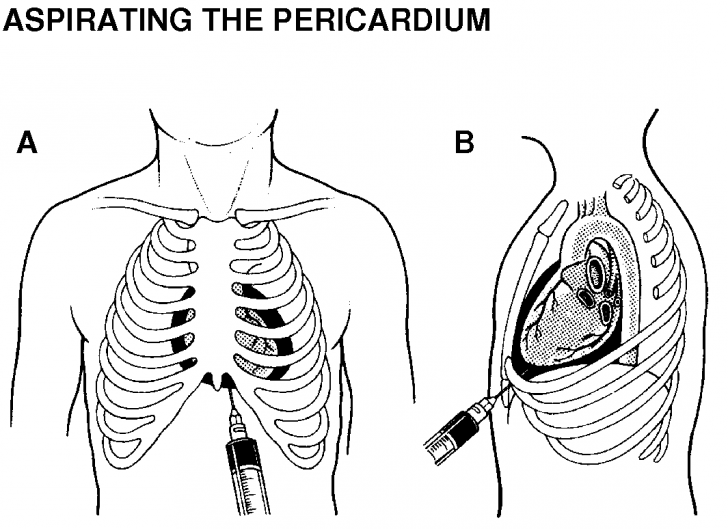The plank is a specific core strength exercise which involves holding a difficult position for increasingly longer periods of time. There are many forms of plank workouts and disciplines such as yoga and Pilates incorporate types of planking into their routines. As with all exercises, plank workout efficiency can be improved by doing them correctly.
Planks strengthen the muscles in the abdomen, back and shoulders with different variations of the plank focusing on different muscle groups in addition. The front plank is the most common form of the plank work out and is a static push up where the weight of the body is supported by the forearms, elbows and toes. As well as the muscles stated above the front plank also tones secondary muscles including the traps, delts, pecs, glutes and the quads. A side plank tones the glutes, quads and the hamstrings.
The work outs themselves should be slow and steady and the time spent holding the planks built up over time. To being with a simple front plank get yourself into a press up position, resting on your forearms with your elbows directly below your shoulders. Your body should be in a straight line from your head to your feet. Avoid raising your bottom and keep your eyes focused on the floor.
The idea at first should be to hold for 2 minutes. You will probably begin by making around thirty seconds to start with and gradually build up. Although you are technically not moving your abdominal muscles (and others as stated) are continuously working to support your body and hold the position. There are other exercises you can do alongside the plank to increase the time you can spend holding the position – exercises such as weigh bearing, squats and deadlift.
For complete beginners, if you cannot hold the front plank, you can begin a plank in the same way as you would build up to a press up – i.e. on your knees rather than your toes. Build up to a full plank by gradually moving your knees further and further away from your shoulders and eventually moving onto your toes.
Whilst planking you can increase your work out by increasing the demand on your core muscles in ways such as lifting a leg in the air. This greatly increases the demand on your abs by resisting the core’s natural urge to rotate. The same idea can be achieved by lifting an arm as well. Ensure that after lifting right you lift the left etc. to ensure strength is built evenly.
Another option is to use a Swiss ball. Place the ball under your elbows as you stabilize yourself and you will have the added complication of the body needing to stabilize itself to prevent the ball from rolling out from underneath you.
Core strength which is attained by practicing planks is very important to overall physical health and stability. Having strong core muscles provides greater balance and better overall posture. This then has extra benefits such as helping to preserve healthy back, healthy digestion, enables good breathing habits and helps to eliminate toxins from the body. Having good core strength also protects your body from injury.
